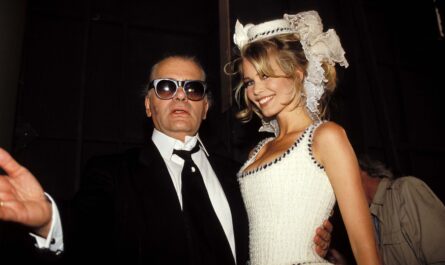By Anna Mueller
When advertising first came to be, it was simple. The earliest advertisements, or examples of paid media, cropped up in newspapers. You would make a physical advertisement of your business, service, or product for sale, and you would send it to ye olde newspaper for publication. Today, things are not so simple. To successfully advertise a business, service, or product in 2023, you cannot rely on print advertisement alone. Your advertising efforts must include the design and production of print advertisements, billboards, search engine or banner advertisements, television spots, merchandise, and now social media.
The impact that social media has had on the world of advertising is undeniable. The breadth and depth of social media make it so an advertiser can reach hundreds, thousands, if not millions of people in seconds. Gone are the days when advertising could only reach as far as a business owner could travel—now, advertising something to the entire world can be as simple as posting on social media.

Marketing a business in the modern age, however, is even more complex than just advertising. It is not enough to just pay for an advertisement on a social media platform like Facebook, Twitter, Instagram, or TikTok. Someone hoping to successfully advertise themselves must pay for that advertisement and maintain an interesting and informative social media presence. To make matters even more complicated, being interesting on social media, especially from a corporate perspective, is a challenge. So how are brands working to stand out from one another? Enter the casual brand persona.
Having a persona for a brand is not a new concept. Sports teams have mascots, for example, and the insurance company Geico has its cartoon “Geico Gecko.” What is different about having a mascot or persona for a brand today, though, is that it must come to life through social media. What makes a brand’s persona successful today is relatability to the masses through a sense of humor and a casual, approachable demeanor.
A prominent example of the casual brand persona on social media is Duolingo’s “The Duolingo Owl.” The language learning application’s social media team, helmed by University of Oregon graduate Zaria Parvez, created a TikTok account that almost exclusively features its mascot. The content is not advertising the brand is not traditional “Please Download Our App Today” advertisements. Rather, the advertisements are more surreptitious. They advertise through humorous, relatable content of the Duolingo Owl interacting with and recreating TikTok trends. The owl has a running joke where it makes fun of other language-learning services like Google Translate, establishing a fun, joking personality for the brand itself. This method of drawing attention to the company was not unsuccessful, either. As of April 2023, the account boasts 6.6 million followers.
Duolingo’s backwards manner of advertising and garnering attention can be seen as a lesson for many companies today. The world has evolved, embracing technology and social media with it. As such, advertising must also adapt. If the casual brand persona is an effective, meaningful way of gathering that attention and creating a loyal, invested user base, then this method must also be embraced as a means of advertising in and of itself.



While I dislike social media in general I can’t disagree with your post. I think media has shaped advertising and makes it easier for many companies and brands to get their image and message out to fans or potential fans. I agree it’s much easier than sending out a newspaper or posting local flyers or billboards. A cost effective and convenient way to reach thousands if not millions of people who just care to swipe and be entertained!
I definitely agree with this and the idea that audiences want social media to seem more casual (even if it’s carefully planned). However, this trend of more relatable content is something that brands should embrace because it does draw more people in. I like how you said that this can really build a loyal fan base because I think it’s so true that when people trust a brand and can see themselves in it they are more likely to stand behind it.
I enjoyed reading this and I think you brought the history of ads to where we are today full circle. I really liked your point about how hard it is for brands to strike the balance between selling and keeping people engaged, and I wonder how long the casual persona branding will last before it becomes as tired as all the past forms of ads.